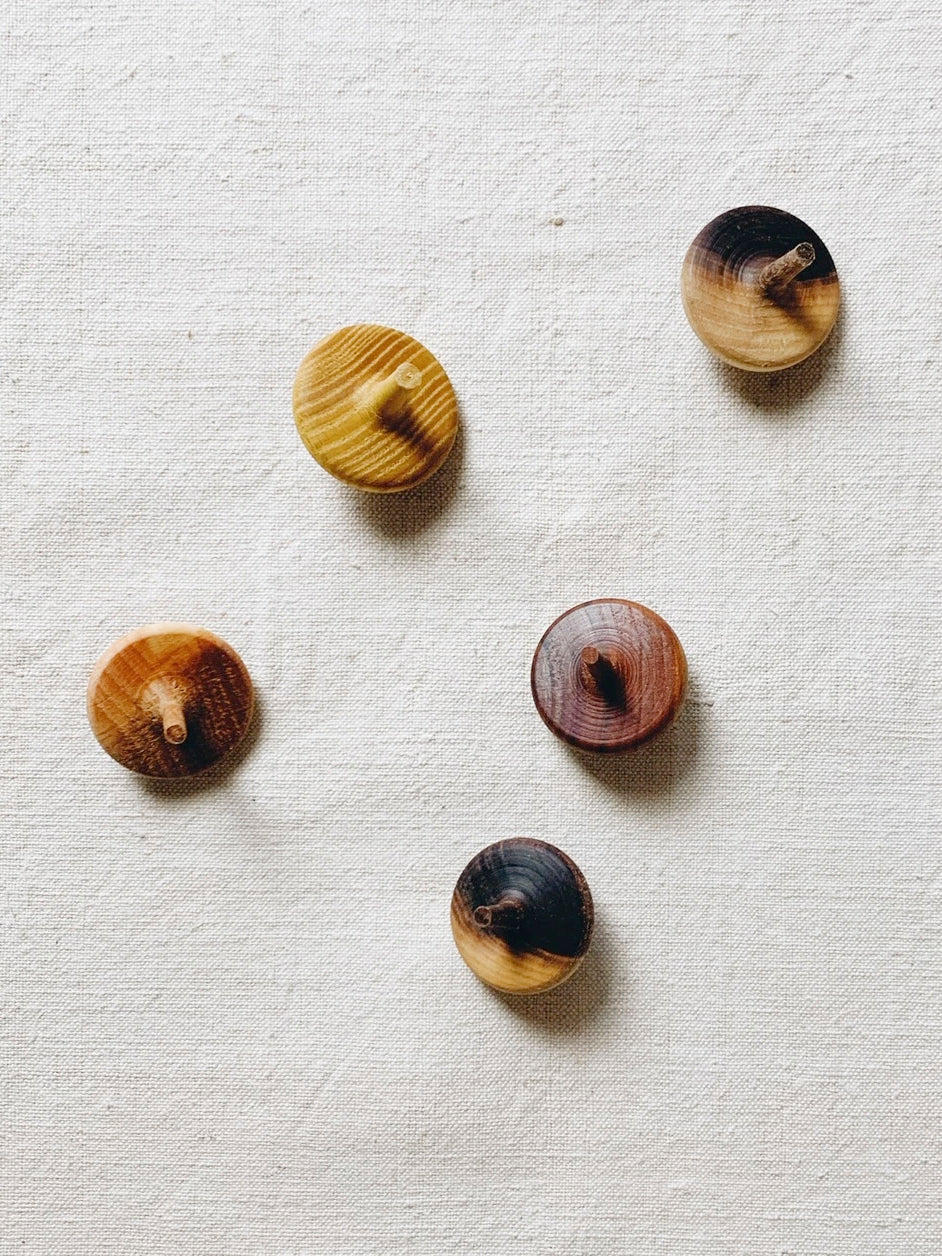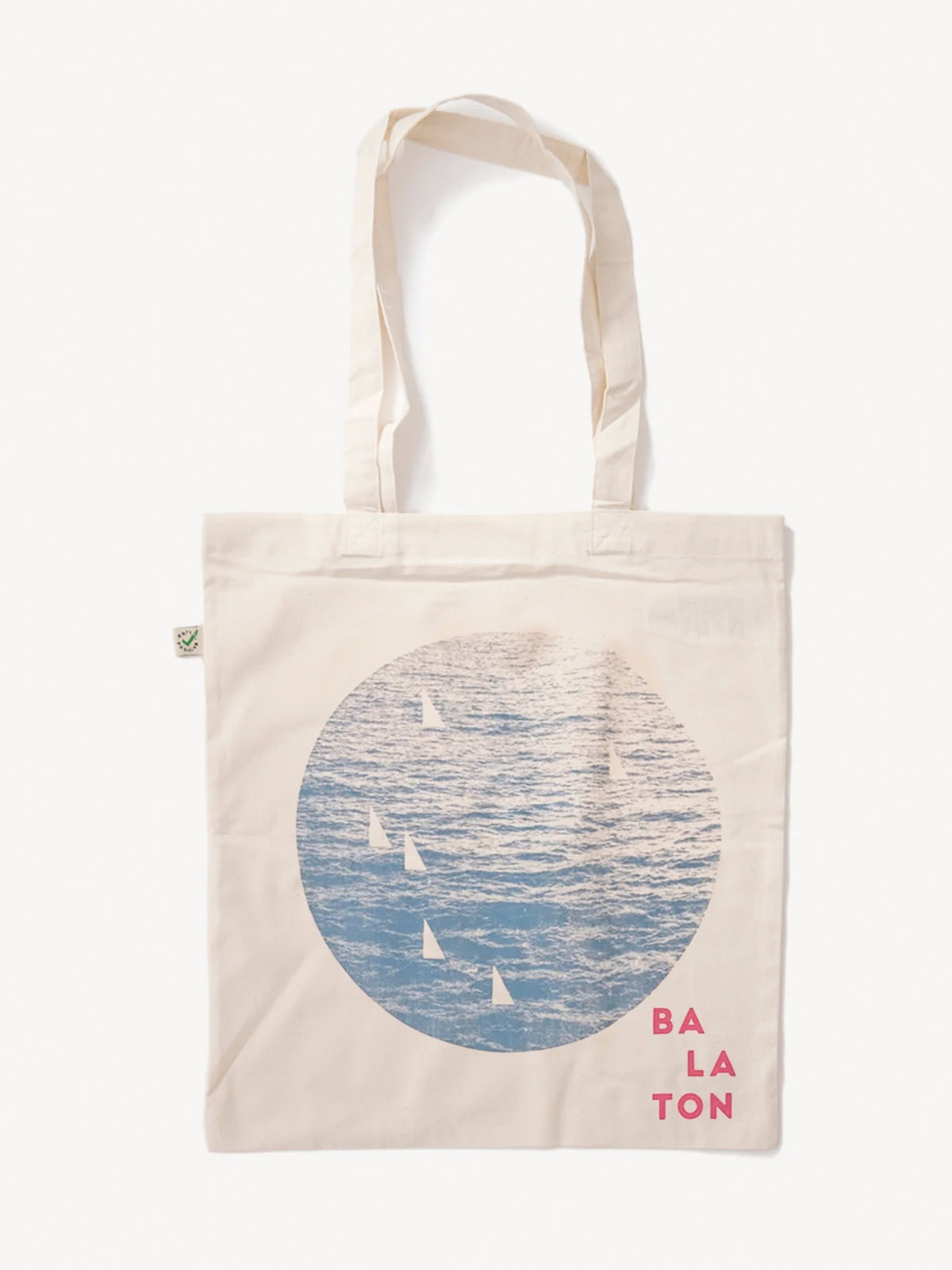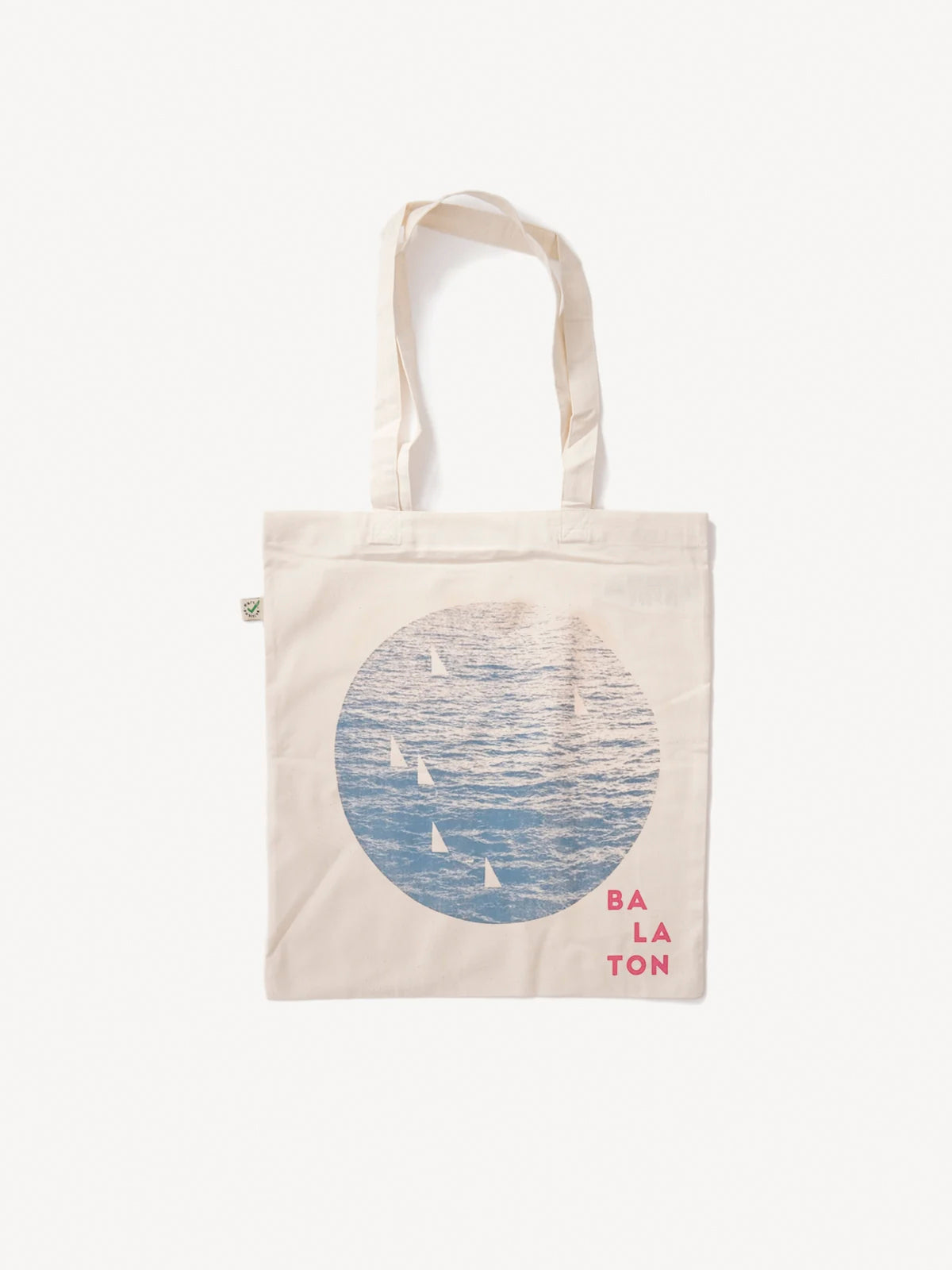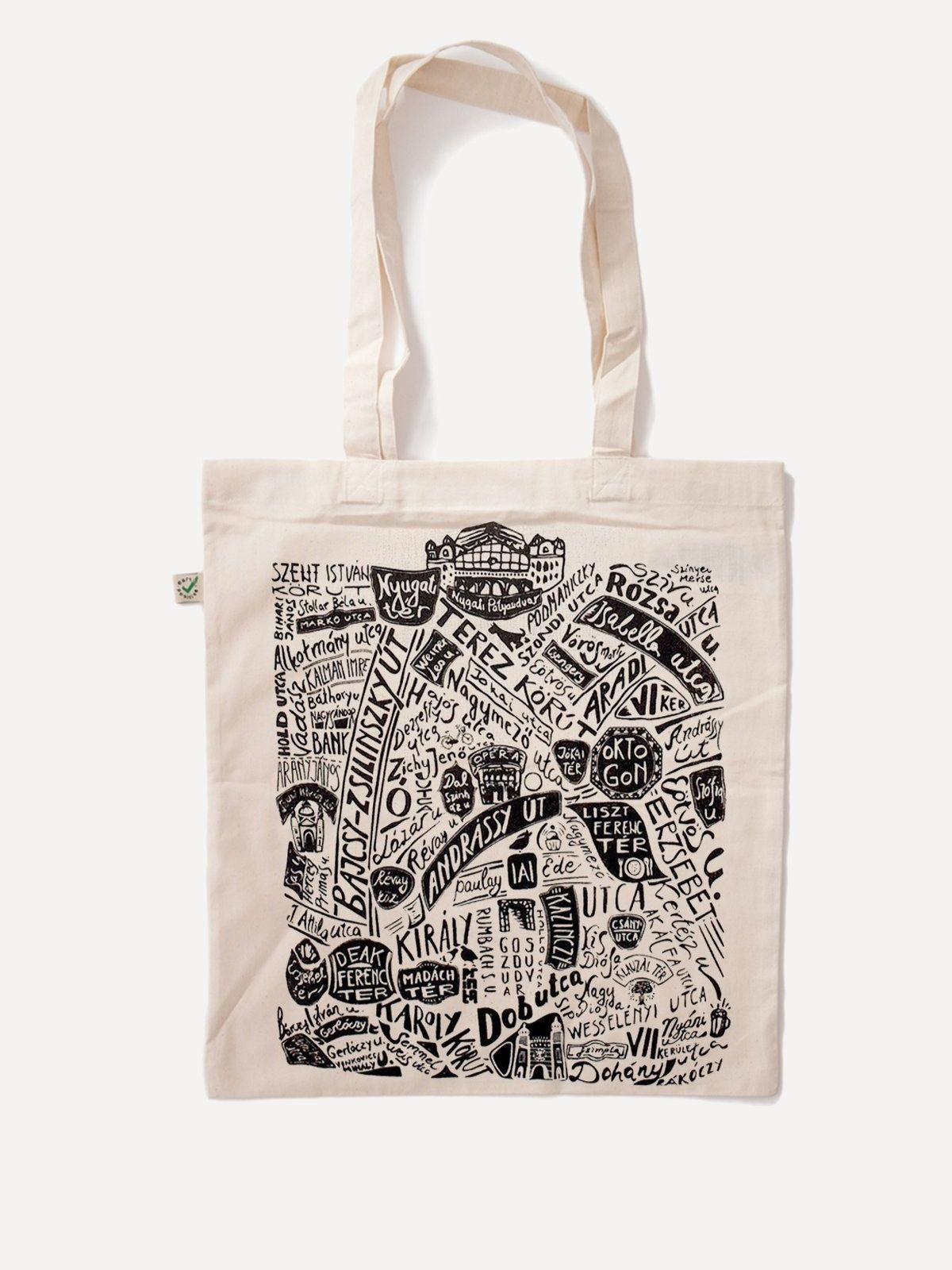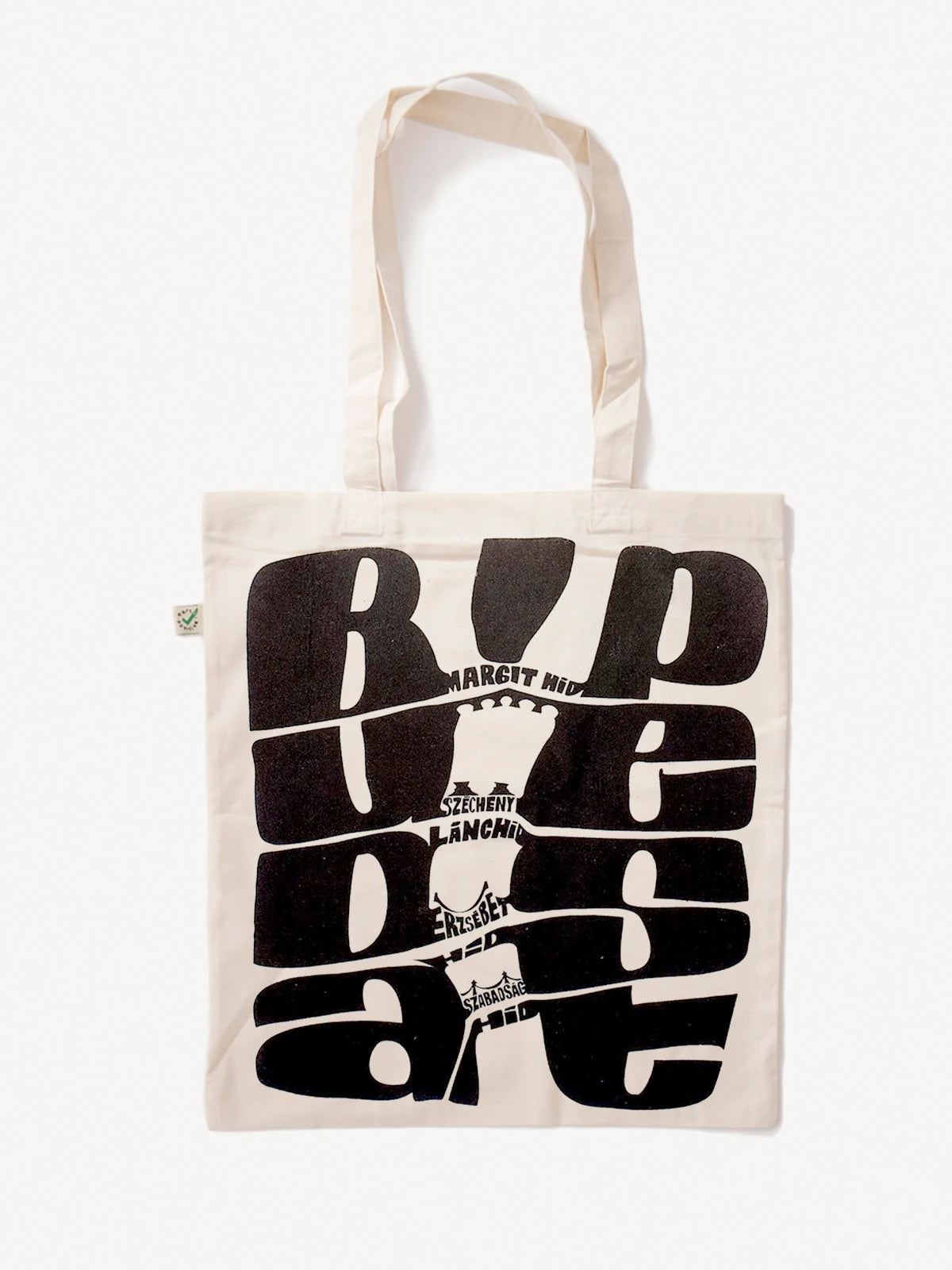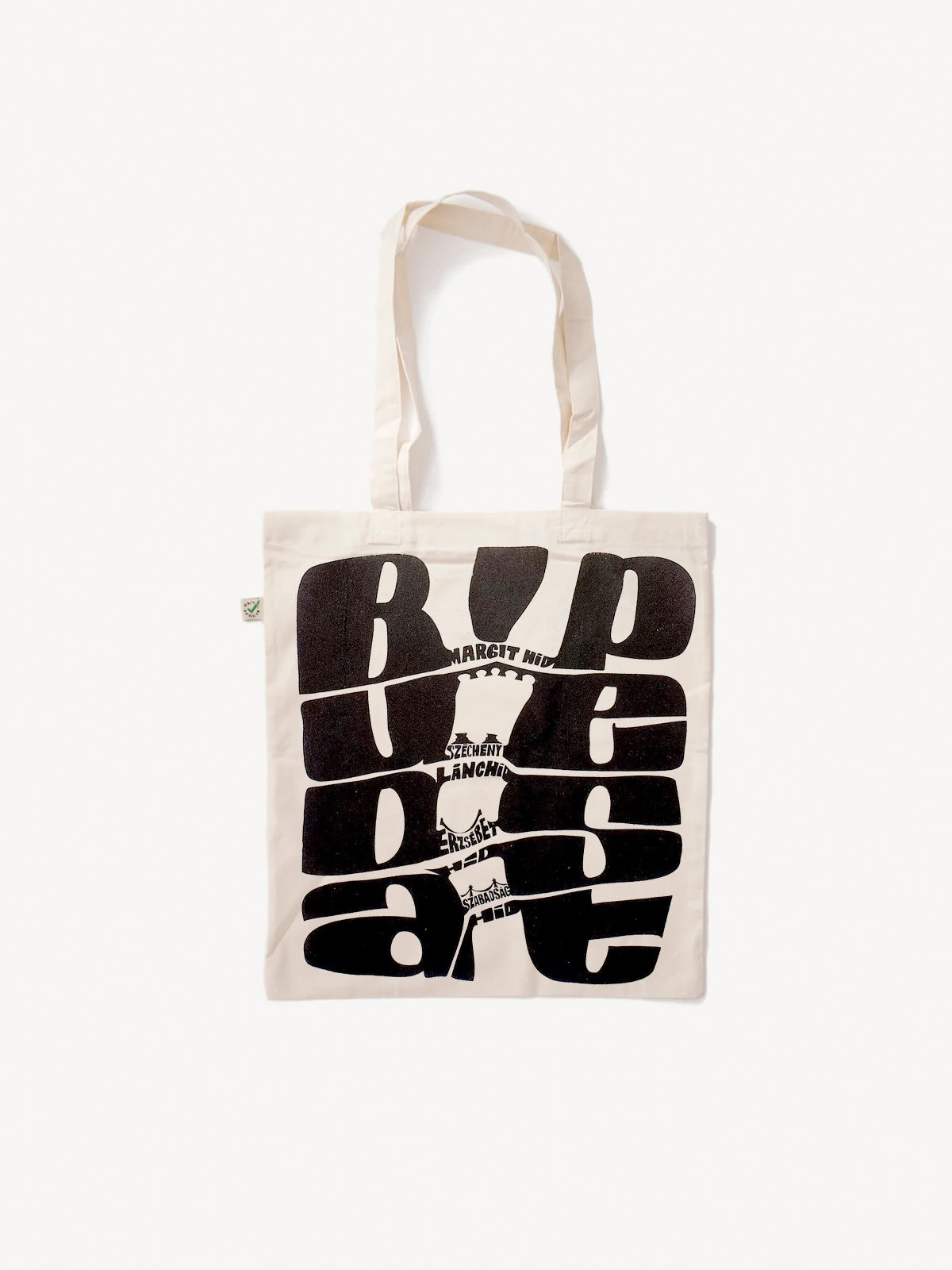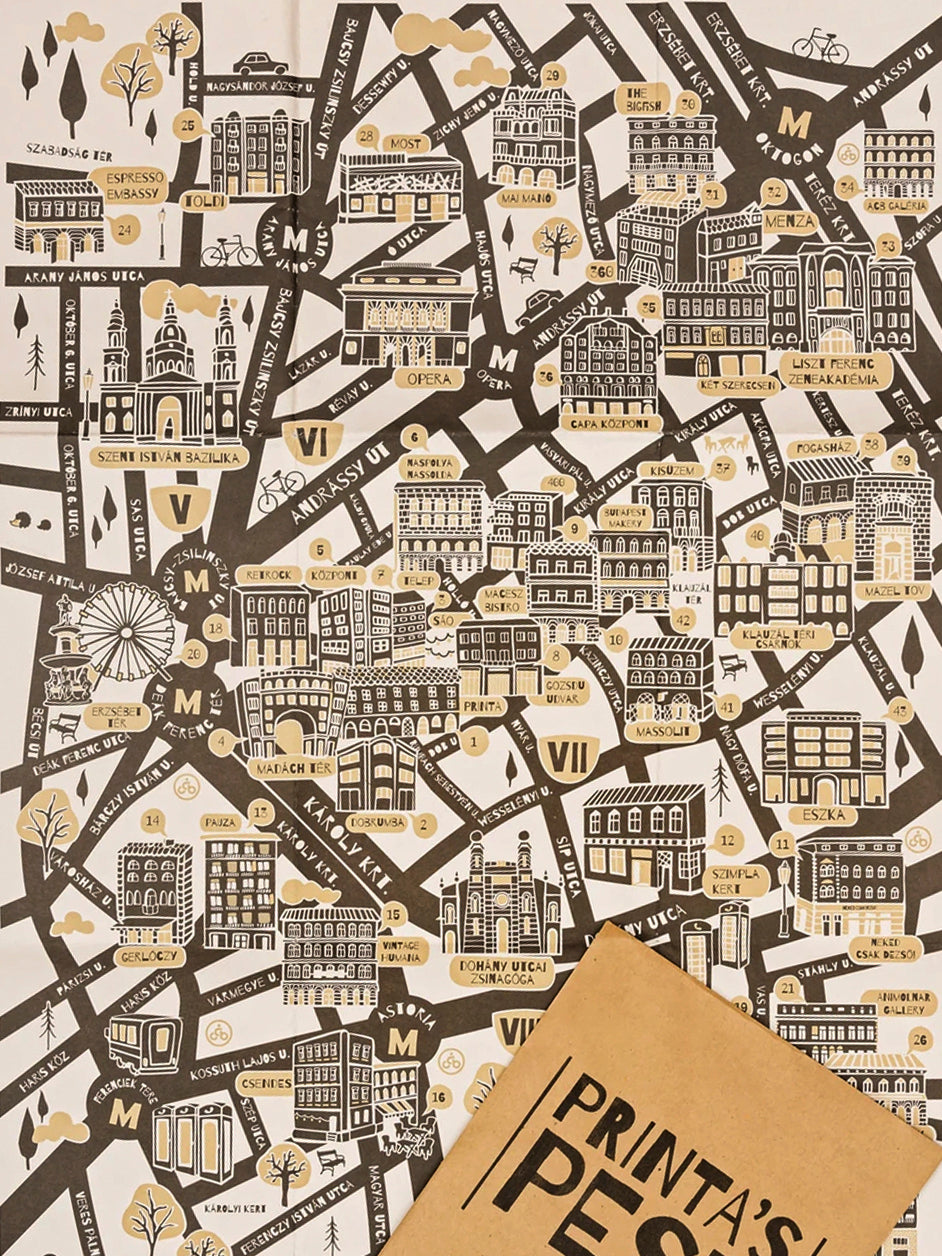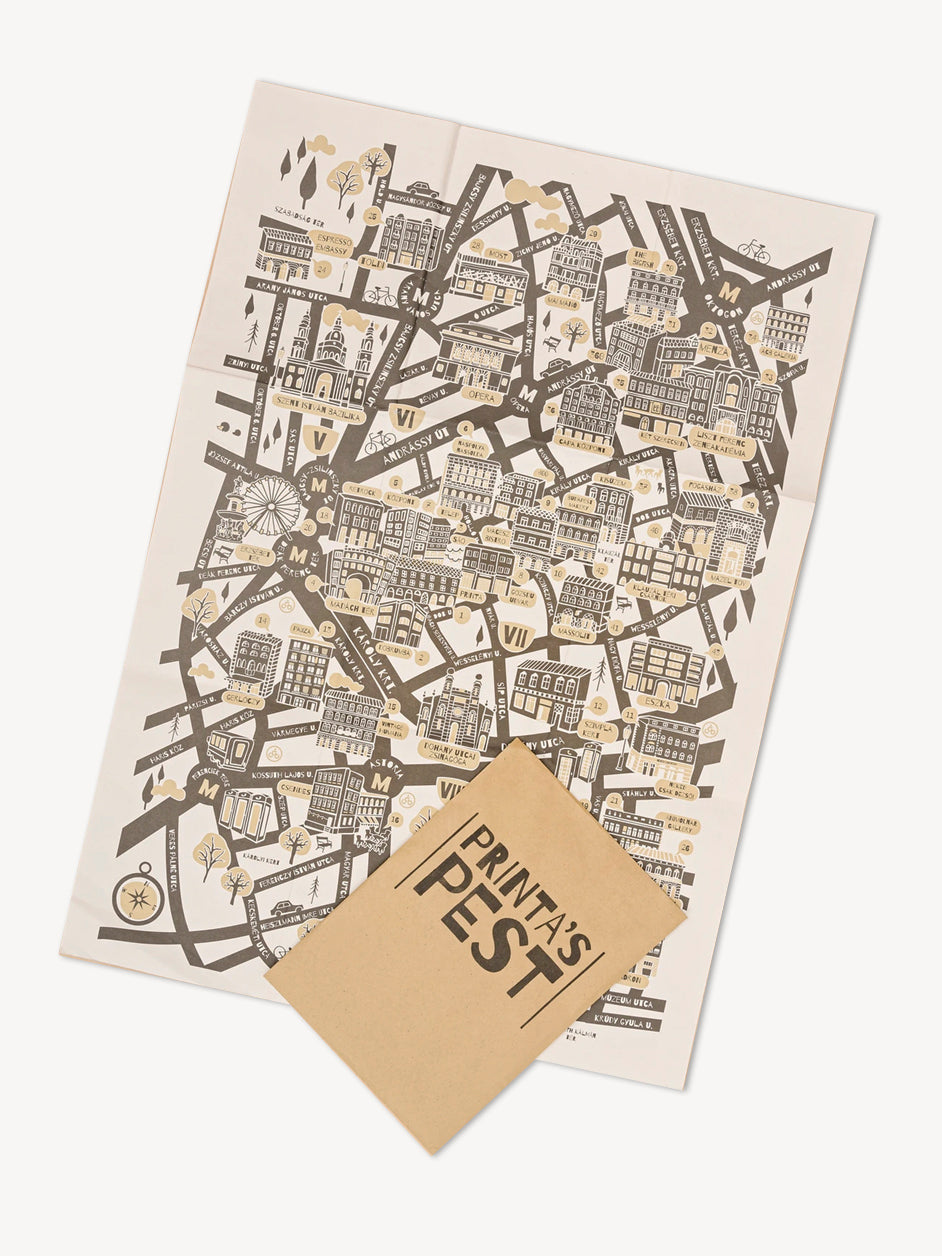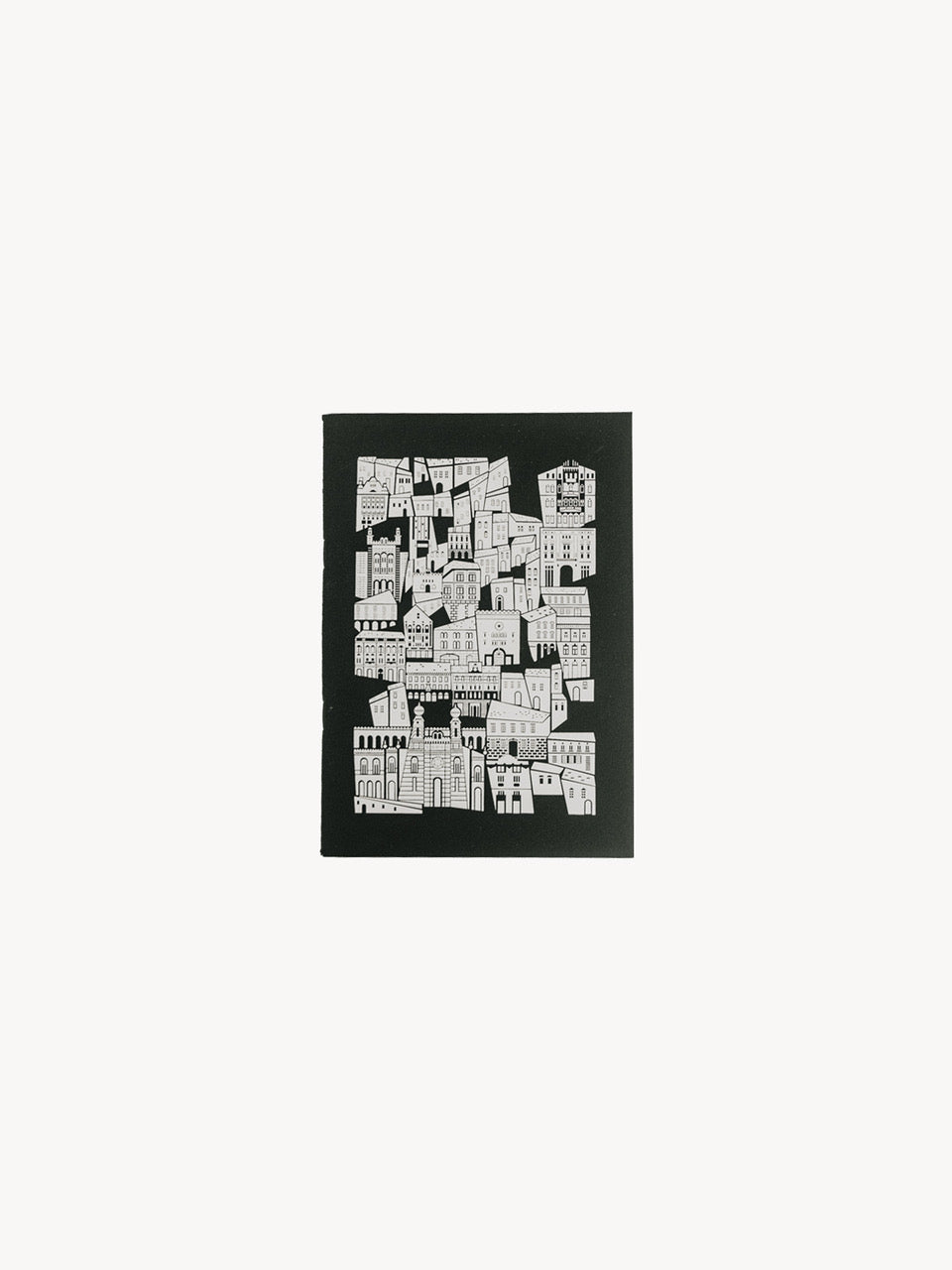Printa's permanent, UNIQUE collection has been expanded with the exceptional creations of the brand's designer, Zita Majoros' mother. You can read Zita's interview!
I have always looked up to my mother, she was a very important female role model in my life. She worked a lot as a doctor, she was determined and self-identical, but also creative. Now that she has retired, she has started to live her passion for crafts, but not in the way we would "expect" from a retiree: she started her own brand and became familiar with new methods - including sashiko and upcycling techniques - and her special, unique products are now available at Printa. Her story can serve as an inspiration to many of us: it is never too late to try something new!

How did you get started with upcycling and sashiko, and what attracted you to these techniques?
I only learned about the term "upcycling" two years ago, and until then I had been using the term "recycling" without even knowing it. By the way, did you know that the Cambridge Dictionary declared UPCYCLE the word of the year for 2019?
I actually did my first "upcycling" project 60 years ago, when as a ten-year-old girl I made figures out of cardboard rolls (toilet paper rolls), which I dressed in leftover rags (my grandmother was a seamstress), gave them hair from washed wool, and eyes from buttons and beads.
My next noteworthy project was Native American clothing for the grandchildren, made entirely from used leather jackets, pants, and used mistletoe jewelry...
I started making ornaments for the Christmas tree from the remaining beads: that's how my brand @ mnogo_htela_mnogo_zapocela was born!
How did sashiko come about?
That's pure coincidence...
For about 40 years I sewed a large bedspread (2x2m) in patchwork style, made of cotton canvas, with various patterns, connected triangles. I loved it because somehow it was a joint project with my husband: I sewed until late at night, and he supported me mentally and took care of our two small children while I sewed. So I was very sorry when 6-7 years ago I noticed that it started to tear... Then, completely by chance, I got acquainted with sashiko - and the basic function of that ancient, Japanese embroidery (repair, patching, sewing). The result was perfect, and this became my "permanent project", because over the years, damage occurred in other parts, so the "repair" expanded. In addition to this basic function and the simplest stitch, I slowly got to know other patterns, which I also combine with my new love; the patchwork technique with appliquéd denim pieces, to create new, perhaps more valuable products.
What I haven't yet absorbed is the deep philosophy of this traditional Japanese embroidery - maybe someday!

Could you explain the recycling process and how you incorporate sashiko into your work?
I'll try to explain this as briefly as possible. I try to combine my three loves: jeans (mostly used, discarded pants), patchwork sewing technique and the newly discovered sashiko embroidery, and I make different things: bags, wallets, tablet or phone cases, book covers, pen holders, bookmarks...
What types of materials do you like to "recycle" and where do you get them from?
With very few exceptions, I try to work with used, discarded materials: primarily jeans (pants, skirts, shirts), mostly men's shirts for lining, but I also use damaged leather handbags, shoelaces and even thread. The zippers are also recycled, "salvaged" pieces, and even the thread is mostly used. I most often find all this at second-hand markets - so-called flea markets, or as my grandchildren call them: earth markets. Friends and acquaintances are increasingly turning to me to donate their outgrown or damaged clothes and threads...

Could you explain the recycling process and how you incorporate sashiko into your work?
I'll try to explain this as briefly as possible. I try to combine my three loves: jeans (mostly used, discarded pants), patchwork sewing technique and the newly discovered sashiko embroidery, and I make different things: bags, wallets, tablet or phone cases, book covers, pen holders, bookmarks...
What types of materials do you like to "recycle" and where do you get them from?
With very few exceptions, I try to work with used, discarded materials: primarily jeans (pants, skirts, shirts), mostly men's shirts for lining, but I also use damaged leather handbags, shoelaces and even thread. The zippers are also recycled, "salvaged" pieces, and even the thread is mostly used. I most often find all this at second-hand markets - so-called flea markets, or as my grandchildren call them: earth markets. Friends and acquaintances are increasingly turning to me to donate their outgrown or damaged clothes and threads...

Did you face any challenges while working with upcycling and sashiko, and how did you overcome them?
Of course, during my work I learned that it doesn't matter what kind of jeans I find, practically the best ones are those without elastane, but their thickness is also important, because I sew a lot of parts only by hand, which is very difficult with thicker and stronger materials: my fingers, sometimes even the machine (which is almost a relic, I got it after graduating from high school) feel it a lot. As for sashiko embroidery, I don't have any serious problems with it, except that I can't find original thread and special needles in Serbia, so I'm satisfied with what I found. At one point, I found a large amount of cotton thread at a flea market - raw, undyed, in its natural form -, I've been using it for the second year now, and it goes very well with the blue jeans colors. Since I added a few more colors (orange, red and mustard yellow), I also "colorize" the sashiko embroidery from time to time.



